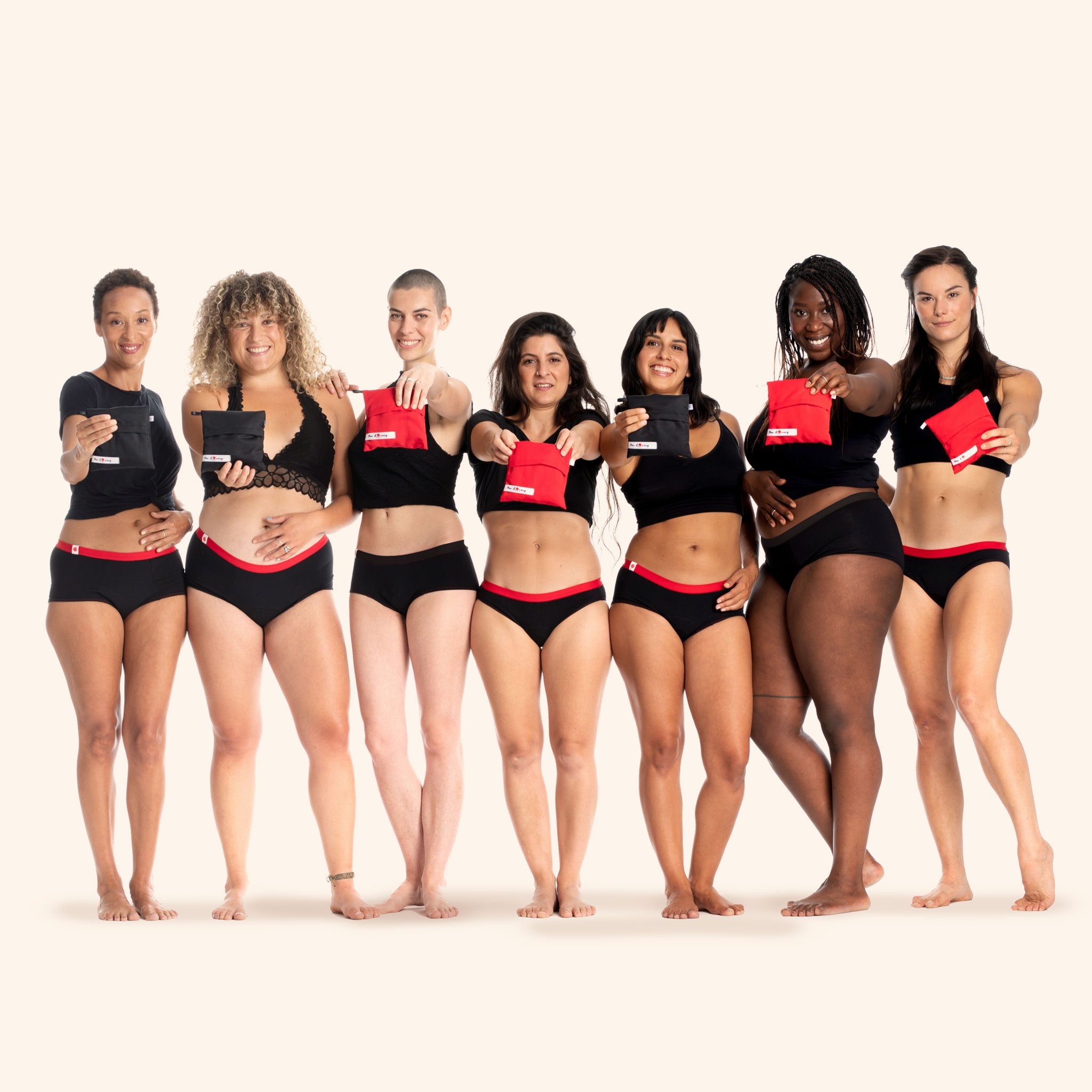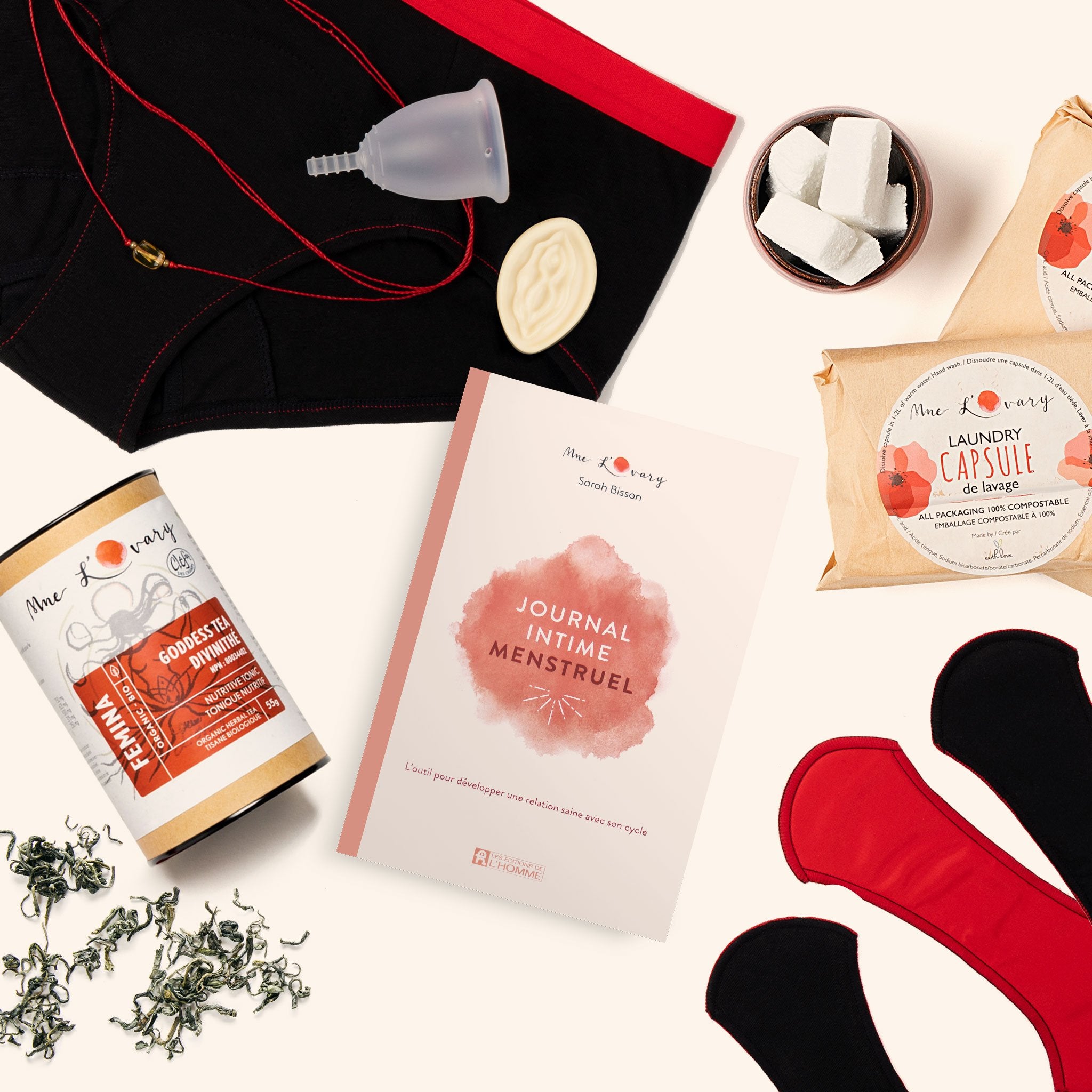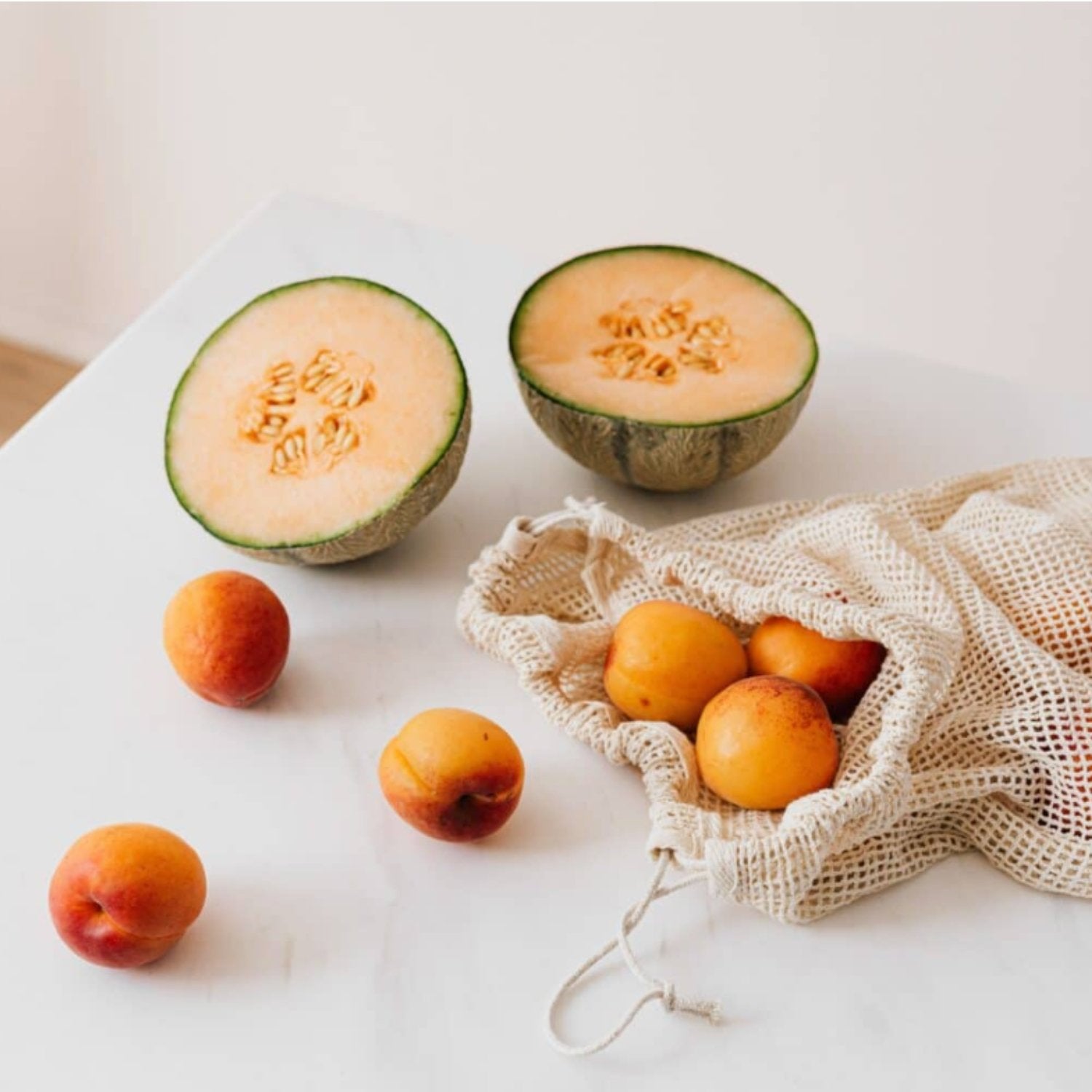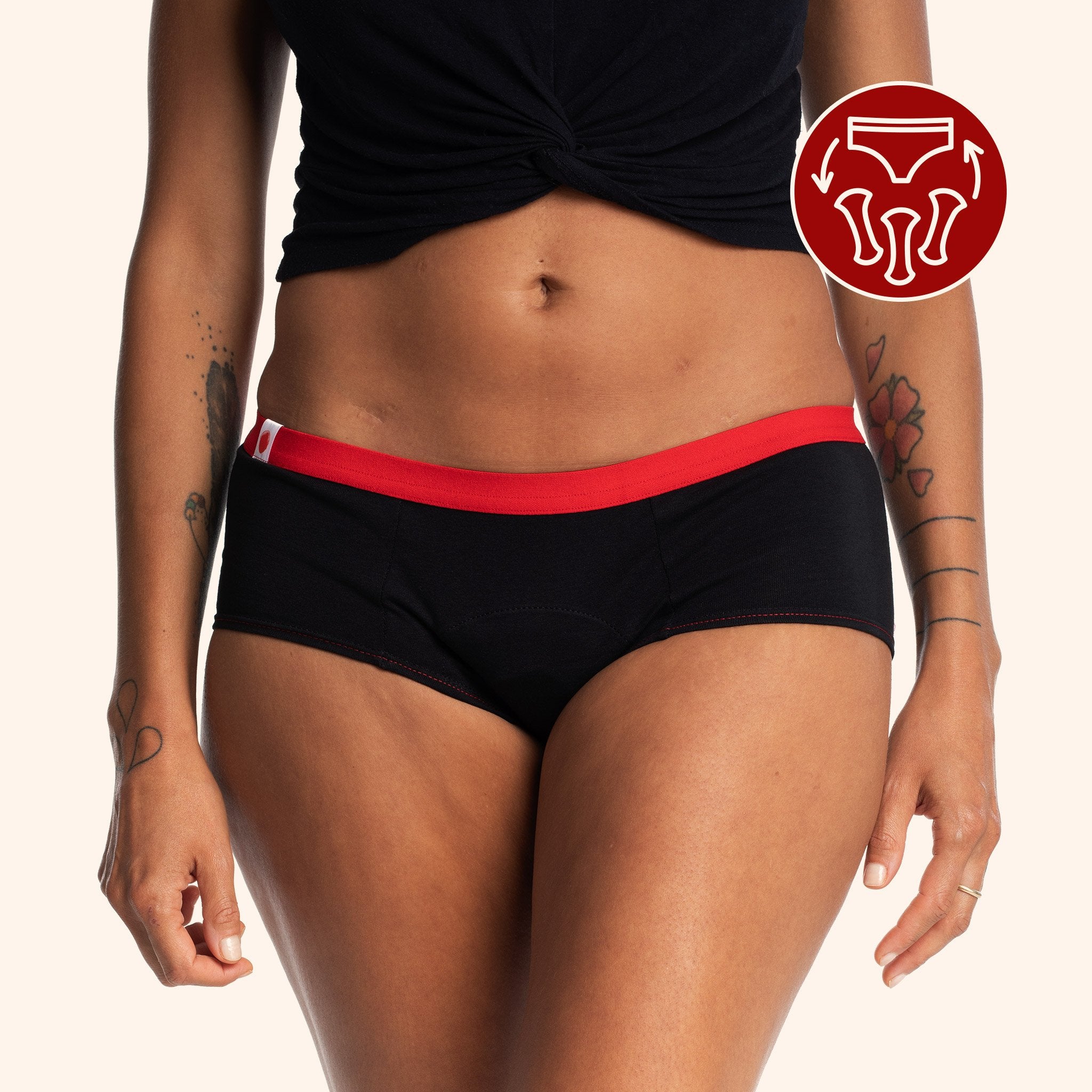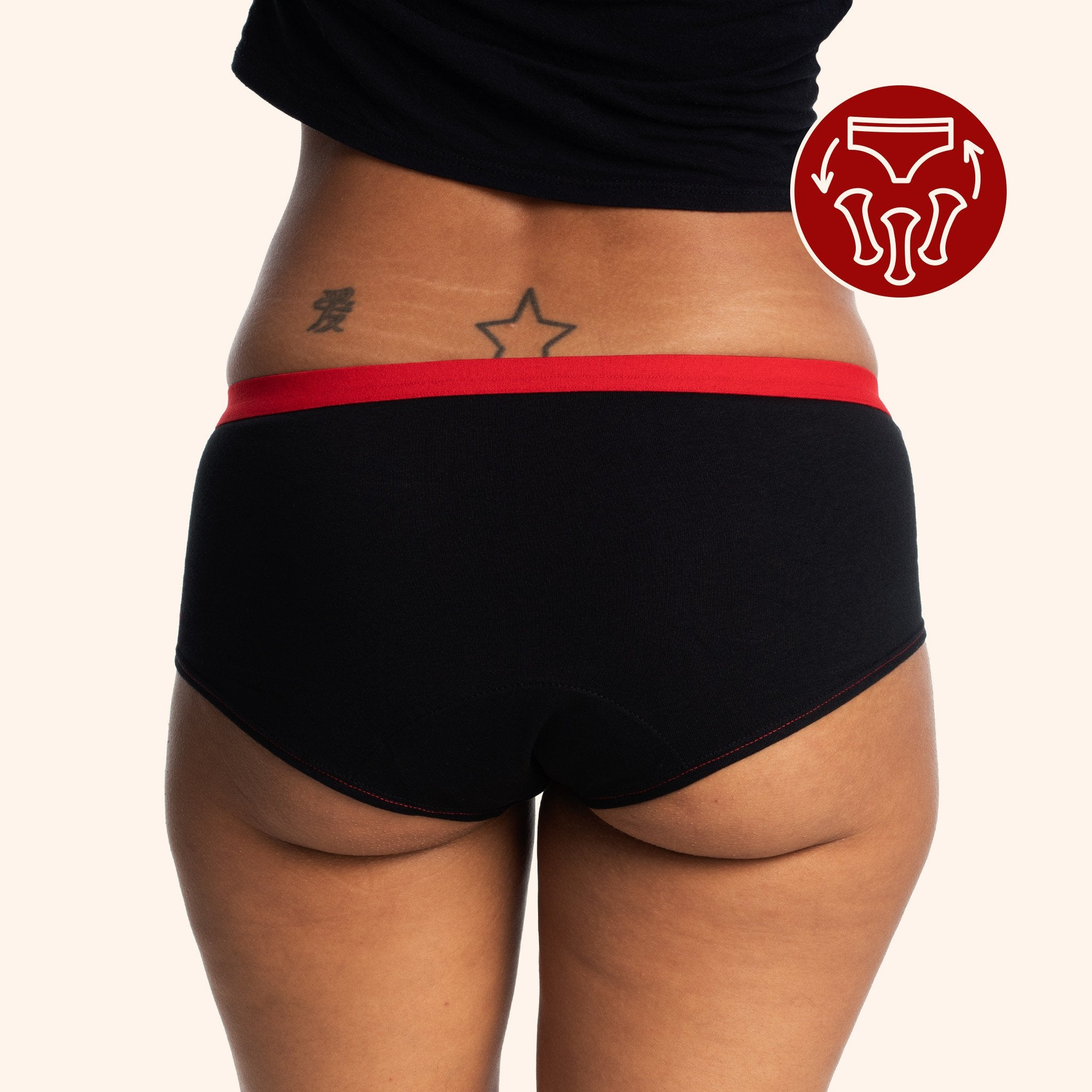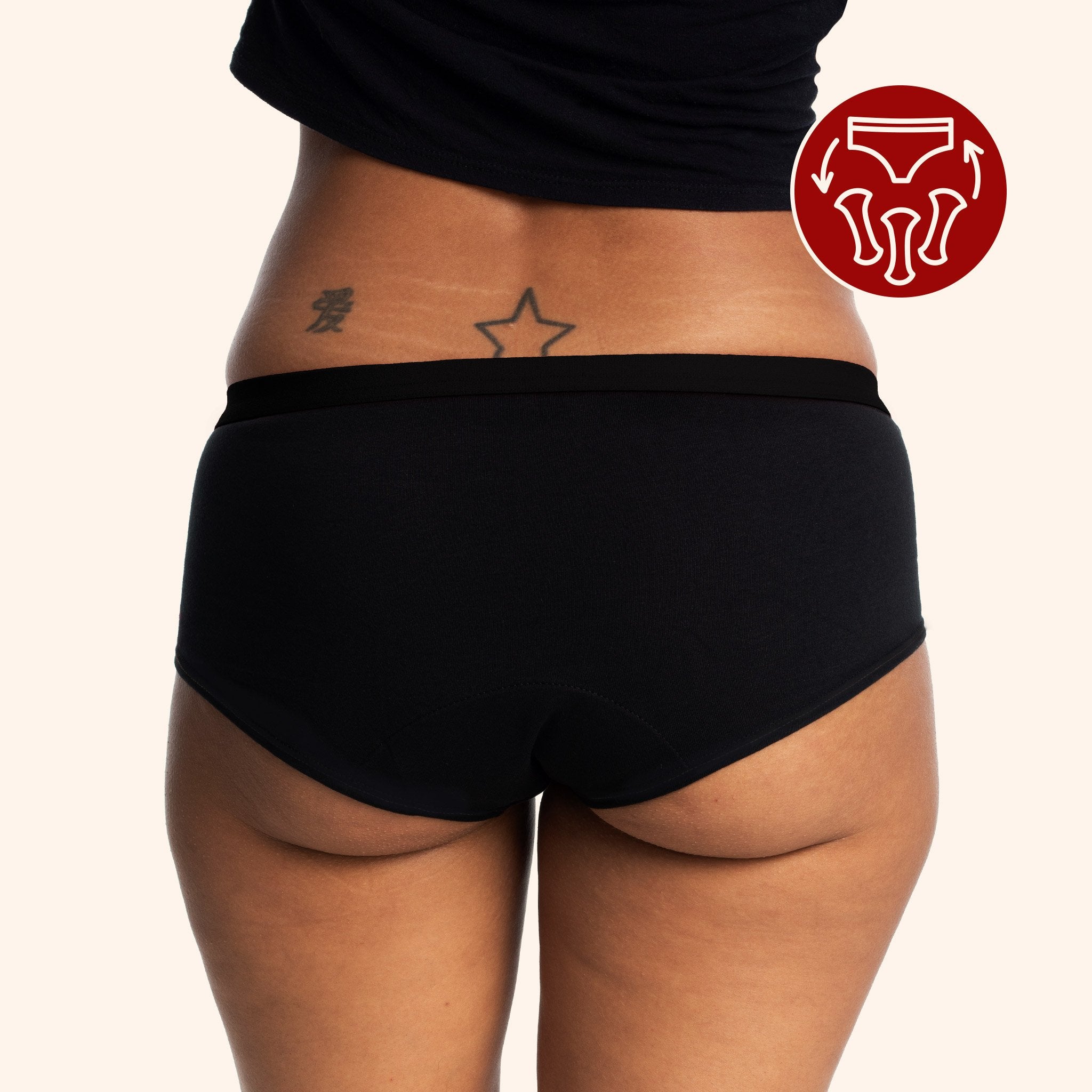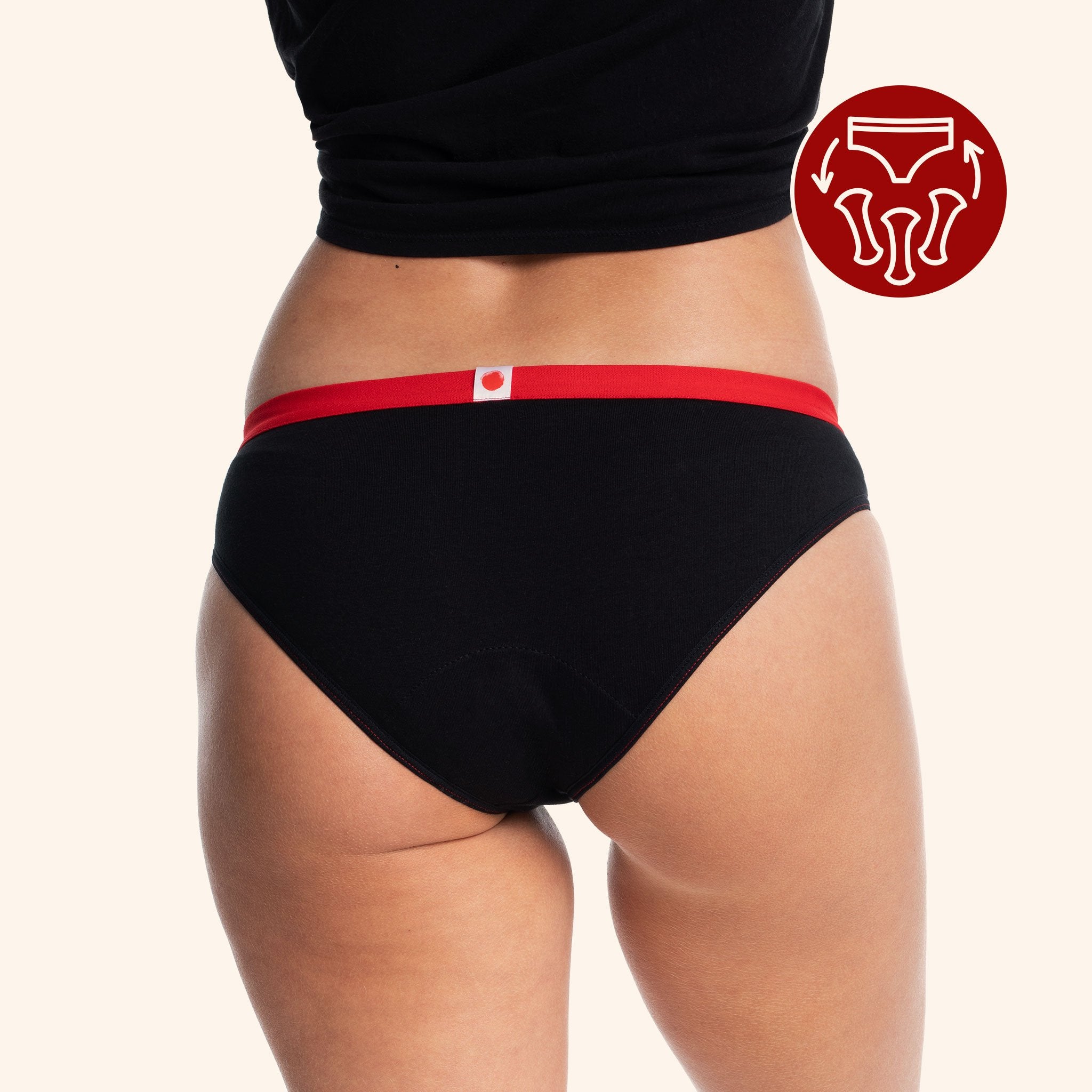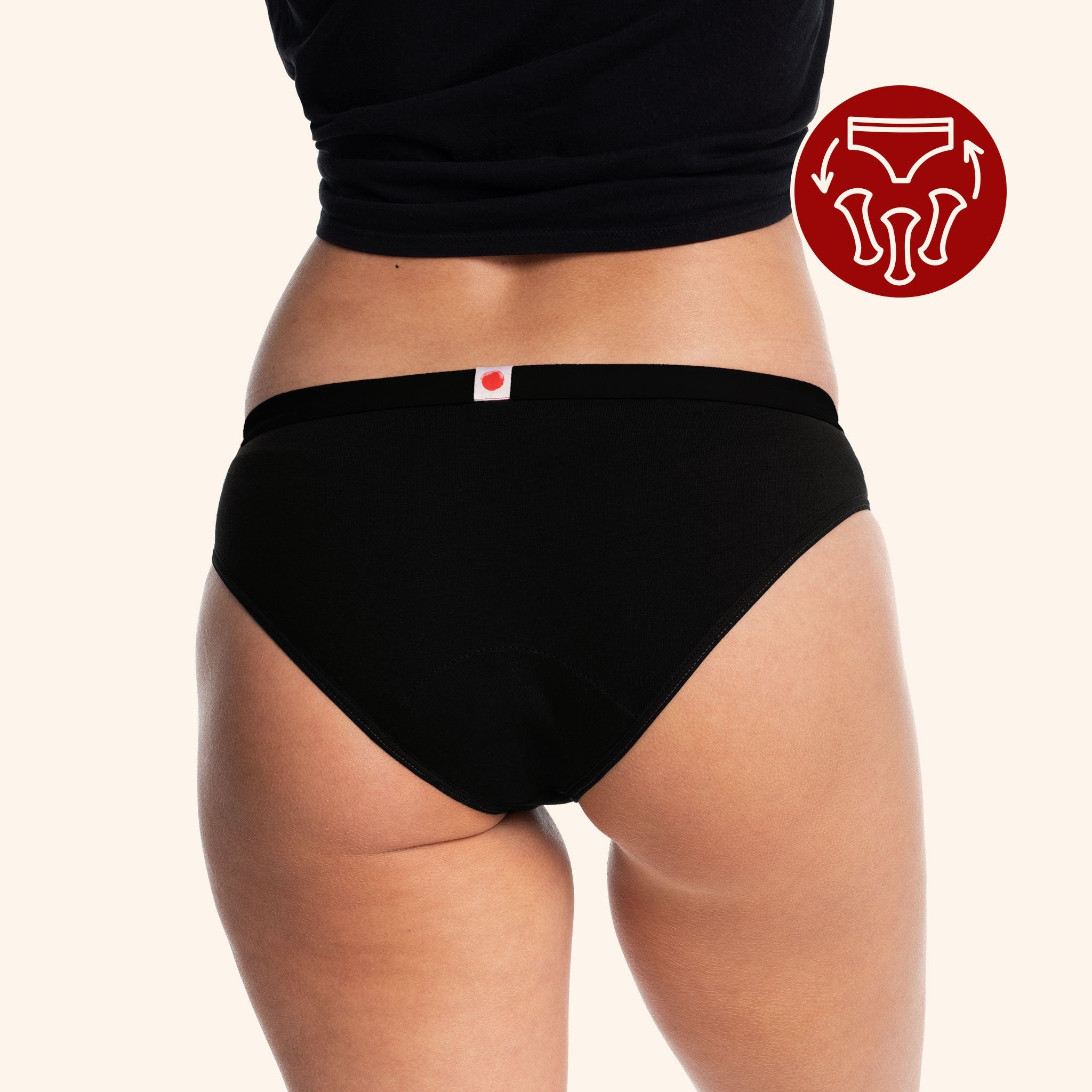
So? How's the confinement going? For my part, I am the type of very enthusiastic (even hyperactive) person who makes lists of projects categorized with a sophisticated colour code system, on scented paper (obviously). You could be reading things like removing toast seeds from the computer keyboard, dusting the stairway's railings or removing limescale from the showerhead. In short. Containment has been a real playground for my hyperactivity and my desire for utmost performance. For those of you who are probably a little more reasonable and normal, I've come up with a list of 3 easy DIY projects related to menstruation that can keep you busy enough to get your head out of the fridge. Because confinement, of course, is just an opportunity to snack 24/7 and we know that social distancing with the refrigerator is not an easy task. #Neverendingsnacks
Project 1: Pimp your panties - Make your own homemade menstrual panties!
2: Create your army of homemade menstrual underwear, with love, by you and your little hands and thus satisfy your feeling of accomplishment. In a few accessible and simple steps, you can create your own menstrual protections! What a dream! It's so easy and you can use whatever you have on hand without having to leave your house.

Are you still hesitant? Here are 6 good reasons to make your homemade menstrual panties!
1: Aquire some sewing skills to make your menstrual panties.
2: Create your army of homemade menstrual panties, with love, by you with your own hands and thus satisfying your sense of accomplishment.
3: Bring your unloved fabrics and underwear back to life.
4: Take advantage of being home 24 hours a day and try on a menstruation panty for the first time.
5: Develop your menstrual self-sufficiency.
6: Avoid lining up outside the pharmacy to buy sanitary products that are harmful to your health and the environment.
Click here to get our DIY menstrual panty guide.
Project 2: Unusual therapeutic baths!
Are you overwhelmed by what's happening, keeping essential services at arm's length or your inheritance is as turbulent as your menstrual cramps? I've unearthed 3 homemade bath recipes to relieve your menstrual pain, help you breathe better in the middle of the whirlwind and make your skin super soft! Hang up your bathrobe, light your dusty candles lying around the bath and enjoy this moment of relaxation.
1) Cedar medicine bath:
Throughout the process, it will be important to take each step with full awareness and gratitude. Pick a few cedar branches from the hedge closest to you. Thank the plant and share your intention with it. In a large pot, pour cold water over the branches, leaves and thorns and then bring to a boil for about 45 minutes.
Pour this infusion into the bath without any branches.
Did you know? Cedar is one of the most important ceremonial plants for First Nations and is used during sweat lodge ceremonies, among other things. Some tribes also use it as medicine. Cedar is associated with prayers, healing, dreams and protection from disease.
2) Gourmet milk bath:
Pour a bowl of milk (about 3 cups) under the running tap, add 3 drops of lavender essential oil and then fill the bath. Aaaah! Do you want to go one step further in your experiment? In a bowl, soften 1 cup of honey with lukewarm water and add it to your bath! Aaaah... Wow! Make sure the water is not too hot. A 20-minute bath is necessary to soften the skin and fully relax.
3) Vodka and oil bath:
In a container, whisk a glass of vodka (tequila or rum can also do the trick) and a tablespoon of vegetable oil (e.g. sunflower or olive oil) until the mixture is smooth. Add 3 drops of relaxing essential oil of your choice, such as True Lavender, Sweet Orange, Roman Chamomile, Neroli, Goldenrod, or Petitgrain Bigarade.
Finally, pour the mixture into the bath, and relax!
Project 3: Dry hot water bottle!
Seeing my friends posting pictures of their homemade bread, knit washcloths and reusable bags made with their old Walt Disney t-shirts on Facebook, I felt like I was attending a Quebec Farmers' Circle*.*In case you didn't know:since1915, the Quebec Farmers' Circles have been women's associations that aim to pass on cultural and artisanal heritage to the community.
In this artisanal project, I will show you how to make your homemade hot water bottle! It is simple to make and very effective at relieving menstrual cramps!
Materials required: 1 piece of cloth, scissors, thread, needle, rice or other fillings. It is possible to sew by hand or with a sewing machine.

Step 1: Choose your materials
Choose your fabric:
Favour a fabric:
- Made of natural materials that are more heat resistant, such as 100% cotton, flax, hemp, etc.
- Tightly woven so that the seeds do not escape from the bag.
- Soft to the touch.
Choose your filling:
Here are a few options. The quantities will vary depending on the size of your bag but plan about 1 kg.
- Rice;
- Barley;
- Dry beans;
- Lentils;
- Chickpeas;
- Squash, sunflower or flax seeds.
*Note: the smaller the seeds, the more flexible and malleable the hot water bottle will be, but the faster the heat will evaporate. Make sure the seeds are completely dry.
Step 2: Sew the bag: (take the fabric chosen for the bag)
1. Cut a piece of rectangular fabric about 20 cm by 60 cm (Choose the size and shape that suits you best and adjust the amount of filling)

2. Turn the fabric upside down so that the seam is inside
3. Fold the fabric in half and pin it to keep it still.

3. Sew by hand or by machine on 3 sides a 0.5 cm border leaving a 10-cm opening on one of the sides.
4. Turn the fabric of the pouch right side up.

Step 3: Fill the bag
1. Insert the seeds into the small opening using a rolled sheet of paper or funnel to prevent a mess.
2. Fill the bag about 3/4 full so that it's malleable.

3. Sew the small slit to close the bag. Make sure to flip the border inward to prevent it from fraying over time.

*Before closing the bag, why not add essential oils, such as lavender?

Safety:
To heat it:
- Microwave: About 1 minute 30 seconds.
- In the oven: between 80 and 100 degrees Celsius, for about 5 minutes.
- Natural heat: near a fireplace, on a heater (beware of the dangers of fire).
To make it cold:
You can use it cold to reduce inflammation, rheumatism, sprains and more...
In a plastic bag: place the hot water bottle in the freezer for 3 minutes or in the refrigerator for 30 minutes.
*Note: The hot water bottle must be stored in a dry environment to prevent the seeds from getting wet.
That's it! I hope I've inspired you (just a little) with my hyperactivity and have given you the interest in DIY projects. We hope that these can be the cure for your boredom while also allowing you to experience your menstruation in a whole new way during these times of confinement!
Have fun!



